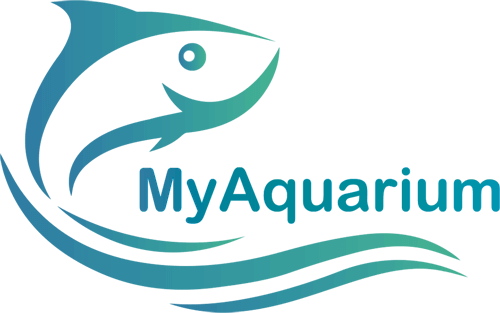Velvet disease is a condition characterized by the appearance of a yellowish dust on the fish’s skin. The disease manifests itself as fine dust. This powder is typically gray-yellow in color, or what explains why the disease is also known as Rust disease or Golden Dust disease.
- The causative agent is a protozoan called Oodinium pillularis, and has a biological cycle similar to the causative agent of White Spot Disease;
- There are different species of the genus Oodinium: pillularis, cyprinodontum, limmeticum and ocellatum;
- They attack most types of ornamental fish (except Oodinium ocellatum, which attacks marine fish) and is a major cause of mortality in aquariums.
Velvet Disease: Symptoms
The symptoms depend mainly on the severity of the infection.
- During the onset of infection, the affected fish will show some behavioral changes, such as spasms on the fins or friction of the body;
- As it progresses, the sick fish’s skin will become opaque due to the excess mucus that the immune system generates as a defense mechanism.
As the parasite affects the gills, it is common for respiratory failure problems to arise.
If the condition becomes severe, the fish may experience the following symptoms:Opaque eyes;
- Fins against the body;
- Skin ulcers;
- Skin detachment;
- Exophthalmos.
Pathological Physiology
Oodinium has a life cycle very similar to Ichthyophthirius (White Spot Disease), however, these organisms are not related, as Oodinium is a flagellate, while Ichthyophthirius is a ciliate.
- During the infectious phase, the parasite feeds on living organic matter through the roots it uses to attach to the skin;
- In the free phase, a protective shell forms inside, which then reproduces by cell division. It can produce more than three hundred spores.
Velvet Disease: Cause
Velvet disease is more common in aquariums that have poor maintenance conditions. The following factors influence this:
- Sudden changes in water temperature;
- Introduction of new fish without quarantine;
- Poor / old water – water changes need to be frequent;
- Introduction of plants with cysts (be sure to disinfect the plants before introducing them into the aquarium).
Biological Parasite Cycle
The protozoan initiates parasitosis in the gills, completing the infective phase when it begins to feed on the host until it reaches maturity.
During the biological cycle, the parasite has the following phases:
- Infectious Phase: which remains immobile on the skin (during this stage, it will feed and grow);
- Cyst phase in the substrate: when the parasite leaves the fish. Multiplication by cell division occurs within the cyst at this stage;
- Dinospora phase: Dinospores are the product of the divisions of the previous phase. If the dinospores do not find a new host, they will die within 24 and 36 hours.
The life cycle is completed in up to 14 days at a temperature of 23 to 25 degrees.
See also:
Velvet Disease Treatment
The treatments are commonly composed of copper salts. As not all fish tolerate this type of medication, be careful before applying. Here are some other alternatives:
- Quinine or methylene blue salts;
- Some species of the parasite also obtain energy through photosynthesis. Try to cover the aquarium, which can contribute to the weakening of the parasite;
- Raising the water temperature can also help with treatment, because the parasite’s life cycle is accelerated by heat;
Prevention
For successful prevention, we need to first understand how the disease arrived in the aquarium.
- The parasite may be latent, waiting for a favorable condition;
- When the fish are weakened, the disease attacks; when fish are stressed, they weaken;
- The stress can also be due to the poor condition of the aquarium, this includes maintaining the water or sudden changes in temperature when doing the Partial Water Changes;
- Parasite cysts can also enter through new sick fish or through infected objects. To avoid this, be sure to quarantine any new fish or objects you purchase;
So, Have you had outbreaks of this disease in your aquarium? Tell us a little about your experience!




